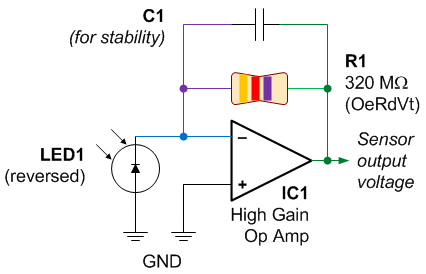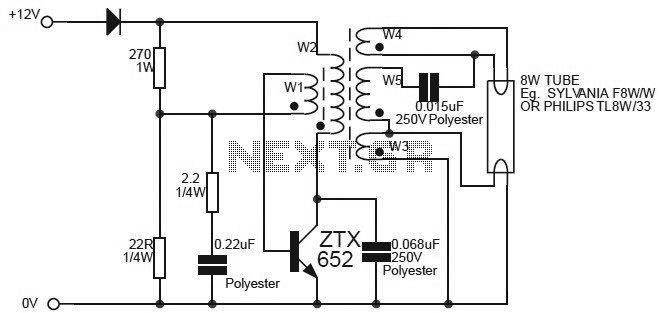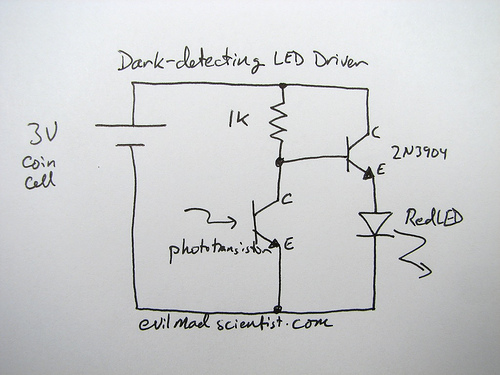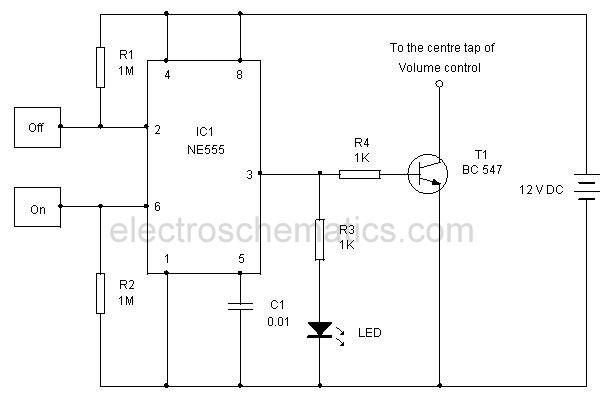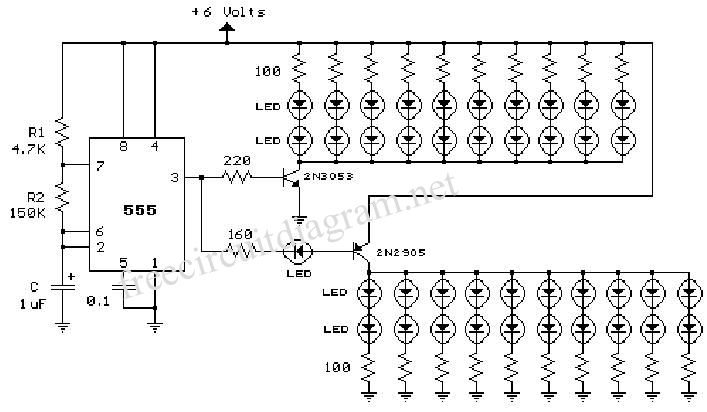
Mains operated led Lamp
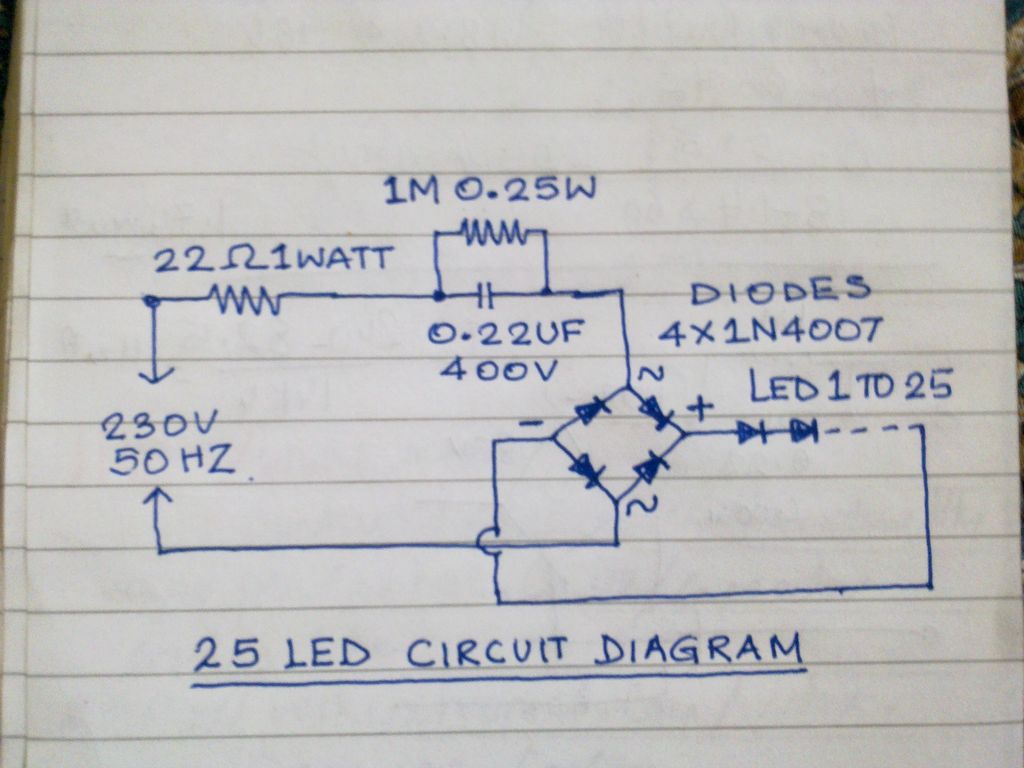
This circuit operates 25 LEDs powered by a mains supply of 230V. A fluorescent lamp adapter was acquired from a scrap dealer for ease of disassembly.
The circuit consists of a series of 25 light-emitting diodes (LEDs) arranged to operate from a standard 230V AC mains supply. The use of a fluorescent lamp adapter serves as a key component in this design, as it allows for the conversion of high-voltage AC to a suitable voltage for the LEDs, which typically operate at low DC voltages.
To implement this circuit, the fluorescent lamp adapter must be modified to ensure safe and efficient operation. The first step involves disassembling the adapter to access its internal components. This usually includes a transformer that steps down the voltage, a rectifier to convert AC to DC, and possibly a driver circuit to regulate the current flowing to the LEDs.
Once the adapter is modified, it is essential to connect the LEDs in a configuration that allows for uniform brightness and distribution of light. This can be achieved by connecting the LEDs in parallel or series, depending on the voltage output of the modified adapter. If the adapter provides a higher voltage output, series connection is preferred, while parallel connection is suitable for lower voltage outputs.
Proper heat dissipation must also be considered, as LEDs can generate heat during operation. Adequate spacing and possibly the inclusion of heat sinks will help maintain optimal operating temperatures and prolong the lifespan of the LEDs.
Safety precautions should be taken when working with mains voltage. Insulation of all exposed connections and components is crucial to prevent electrical shock or short circuits. A fuse can also be integrated into the circuit for added protection against overload conditions.
In conclusion, this circuit design effectively utilizes a fluorescent lamp adapter to power 25 LEDs from a 230V mains supply, demonstrating a practical application of recycling electronic components while providing a reliable light source.Hi This is a 25 nos Led operated from mains of 230v supply. I bought a flourscent lamp adapter from a scrap dealer, because its easy to disman.. 🔗 External reference
The circuit consists of a series of 25 light-emitting diodes (LEDs) arranged to operate from a standard 230V AC mains supply. The use of a fluorescent lamp adapter serves as a key component in this design, as it allows for the conversion of high-voltage AC to a suitable voltage for the LEDs, which typically operate at low DC voltages.
To implement this circuit, the fluorescent lamp adapter must be modified to ensure safe and efficient operation. The first step involves disassembling the adapter to access its internal components. This usually includes a transformer that steps down the voltage, a rectifier to convert AC to DC, and possibly a driver circuit to regulate the current flowing to the LEDs.
Once the adapter is modified, it is essential to connect the LEDs in a configuration that allows for uniform brightness and distribution of light. This can be achieved by connecting the LEDs in parallel or series, depending on the voltage output of the modified adapter. If the adapter provides a higher voltage output, series connection is preferred, while parallel connection is suitable for lower voltage outputs.
Proper heat dissipation must also be considered, as LEDs can generate heat during operation. Adequate spacing and possibly the inclusion of heat sinks will help maintain optimal operating temperatures and prolong the lifespan of the LEDs.
Safety precautions should be taken when working with mains voltage. Insulation of all exposed connections and components is crucial to prevent electrical shock or short circuits. A fuse can also be integrated into the circuit for added protection against overload conditions.
In conclusion, this circuit design effectively utilizes a fluorescent lamp adapter to power 25 LEDs from a 230V mains supply, demonstrating a practical application of recycling electronic components while providing a reliable light source.Hi This is a 25 nos Led operated from mains of 230v supply. I bought a flourscent lamp adapter from a scrap dealer, because its easy to disman.. 🔗 External reference
